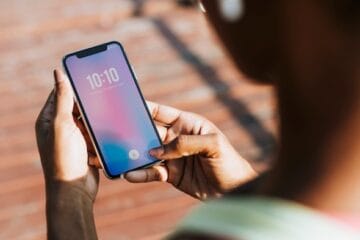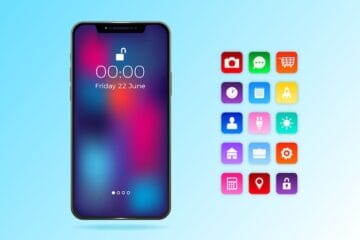Apple’s first major 2020 product launch is official and with it, Apple gave away perhaps the biggest upgrade in the iPhone 12. And it will be a game-changer.

iPhone 12 concept render showing the LiDAR camera
BEN GESKIN
In announcing its new 2020 iPad Pro range, Apple made it clear what the headline change was: a “Breakthrough LiDAR Scanner” which can measure the distance to surrounding objects up to five metres away. It works both indoors and outdoors and operates “at the photon level at nano-second speeds” to 3D map the environment and “unleash scenarios never before possible.”
“It is so advanced, it’s being used by NASA for the next Mars landing mission. And it’s now been engineered to fit in the thin and light iPad Pro,” states Apple. Later this year, it will also fit in the iPhone 12 range. This is the news we have known for months, but what initially seemed underwhelming now makes perfect sense.
Following lacklustre integration of the Time of Flight (ToF) technology behind LiDAR by smartphone rivals, Apple has gone a very different route. Whereas rivals used tiny mic-sized ToF sensors to try and boost photo quality (there’s virtually no difference between the ToF-equipped Galaxy S20+ and ToF-less Galaxy S20), Apple has made a large, dual-sensor LiDAR system which is designed to transform Augmented Reality. It’s a massive step up from any ToF smartphone system we’ve seen before with Apple promising it will deliver “a whole new class of AR experiences.”
Visually, as the renders above show, the LiDAR sensor will significantly change the back of the iPhone 12. Yes, app adoption will be crucial for AR to take-off but in iPadOS and iOS, Apple has the most committed developers on any platform. Given the scale of this sensor, it also seems inevitable that Apple will be able to use it to improve camera performance (particularly focus and portrait mode) more successfully than we have seen elsewhere.
Combine LiDAR with the iPhone 12 range’s other highlights, including a ballistically quick A14 chipset, new super-fast refresh rate display (built using next-gen OLED panels) and potentially Apple-designed 5G antennas and it looks like a potentially mouth-watering upgrade. In fact, there’s just one problem: a growing fear that the phones may not be released this year.
[“source=forbes”]




